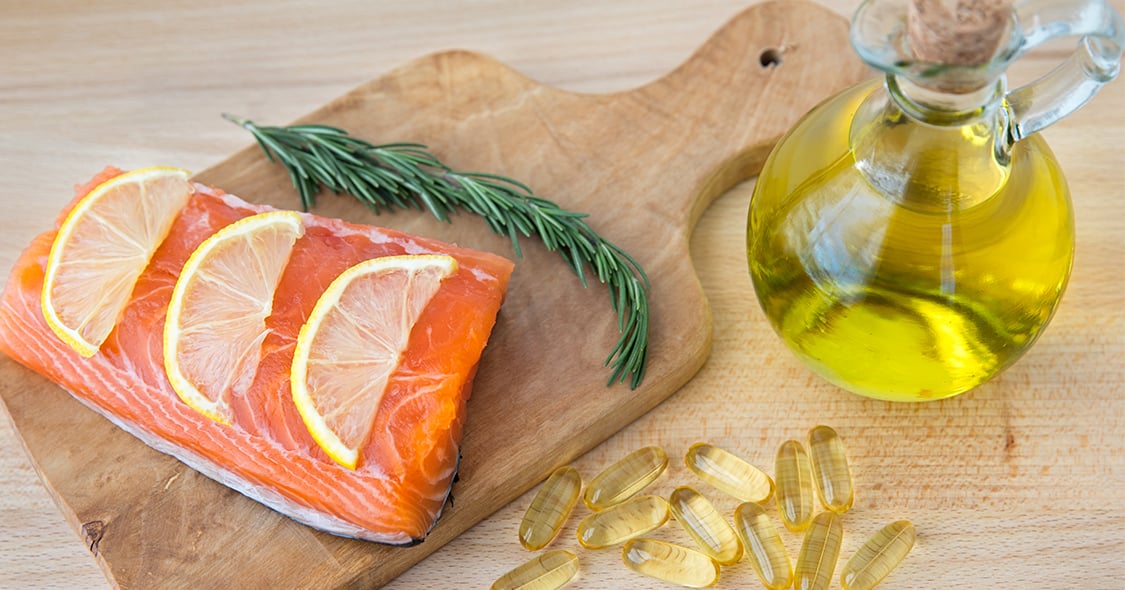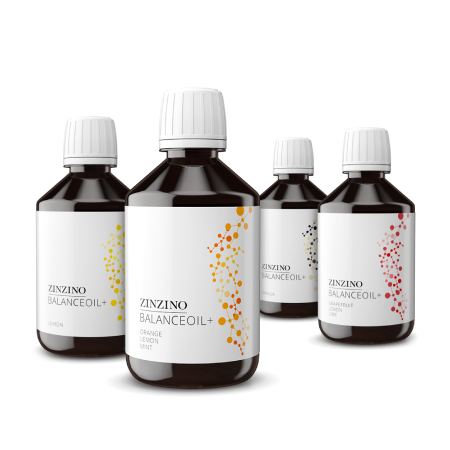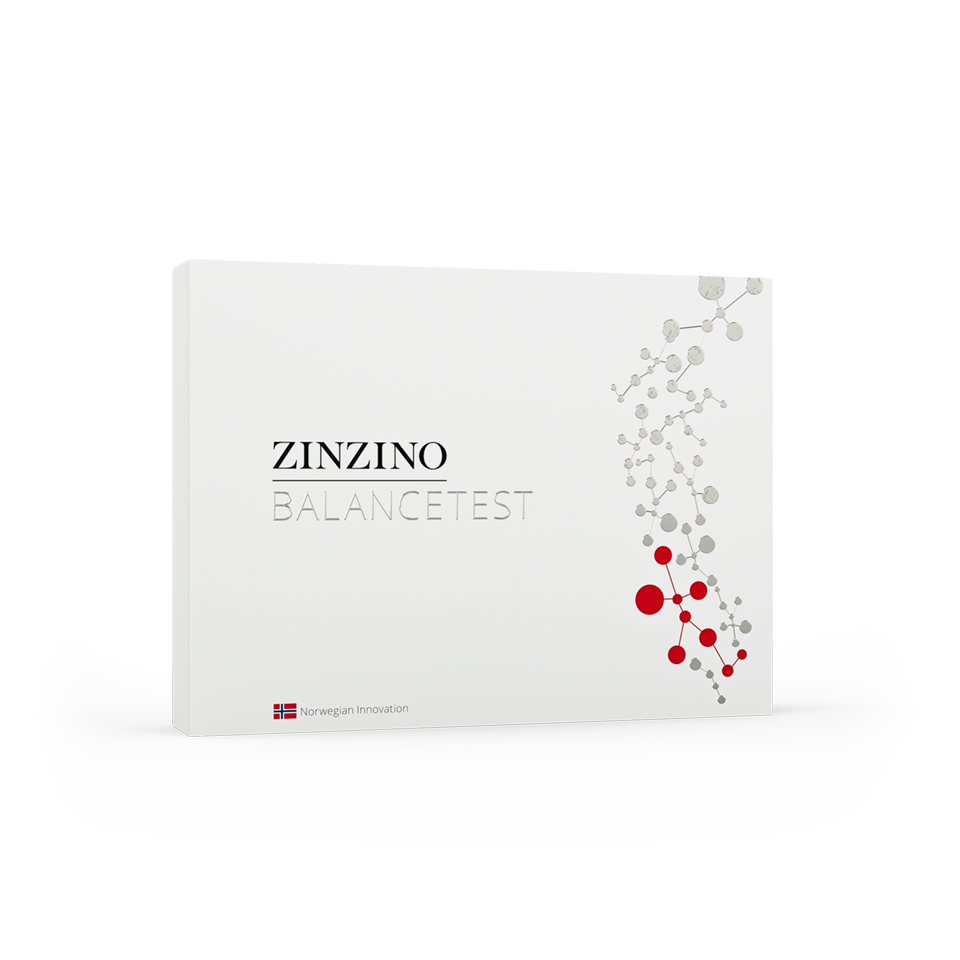5 ways to tell if your Omega-3 supplement is fresh or fishy

Do you know what separates high-quality, pure Omega-3 supplements from traditionally processed fish oils? Dr. Emmalee Gisslevik is the Zinzino R&D specialist and go-to expert on fatty acids. The right nutritional supplementation will give you the results you’re looking for. Make sure your choice is based on informed decisions. Follow this essential quality checklist when navigating the sea of supplements with fish oil.
What does fresh fish oil really mean? This seems to be one burning question when people enter the world of Omega supplements. The secret according to our Swedish doctor of philosophy in food and nutrition is spelled oxidation and polyphenols. Two deal-breakers that determine if you will experience real, long-term results. There’s also a joker in the hunt for freshness that could catch you off-guard: the TOTOX value. This nerdy measure of the total oxidation level of fish oil is the industry standard that determines freshness and quality in fish oil. Unfortunately, it is easily miscalculated and misinterpreted. And, finally, the still virtually unknown secret sauce in the world of fish oil and Omega-3 supplements – olive oil. It’s been almost ten years since Zinzino made this groundbreaking discovery and added the antioxidant-packed ingredient to their scientifically proven formulation.
Before moving to the checklist that will help you weed out the right Omega-3 supplement, take a minute to read up on Omega-3’s and Omega-6’s and polyphenols, all naturally found in oily fish. Polyphenols are extremely powerful micronutrients, packed with antioxidant capacity that increase absorption and bind the Omega 3’s tenaciously, acting as chaperons until the fatty acids have arrived safely in the cell membranes. Unfortunately, they are lost in the refining process to rid the fish oil of contaminants, such as mercury and PCBs.

The ultimate checklist when choosing Omega-3 supplements
1. Check the type and form of Omega-3 in the oil
Fish oil needs to stay fresh and potent for as long as possible to enable the Omegas to enter your cells and start supporting heart, brain and immune function. Look on the label for the marine Omega-3’s EPA and DHA. They form in the tissue of oily fish and are the closest thing to eating seafood. You also want to check the Omega’s molecular form as it impacts the way the fatty acids work and are absorbed into our body. Triglycerides 1 are the natural form that fatty acids assume in most plants and animals. However, most processed fish oils are based on the more cost-effective version, ethyl esters 1 This form of fish oil is not as easily absorbed into our body and more prone to oxidation and rancidity than the triglyceride form.
2. Trust your senses for signs of freshness
Just like truly fresh seafood, fresh fish oil has no fishy taste or smell. If it does, it has started to oxidize and will be less potent. So, use your senses, make sure to keep the product in the fridge and check the expiry date on the packaging. This is a quality marker that determines the oxidation process and time for the Omega-3’s to be picked up by cell membranes in your body. Also, remember, no flavor in the world can cover up a fish oil that has gone rancid! Flavored Omega-3 supplements only make digesting the oil a more pleasant experience. The added flavor has no bearing on either the nutritional value, or the oxidation process.
3. Scrutinize the brand for proof of freshness
Freshness equals potency and, effectively, real results. Since all fish oils will eventually go rancid and lose their quality, the oxidation process must be measurable. Make sure you pick a trustworthy brand that is transparent in presenting all its quality markers – from sustainable sourcing methods to environmental contaminants and the product’s level of oxidation/quality. The latter is determined in its so-called TOTOX value 2 The total oxidation value is an industry standard that effectively measures how fresh the oil is. You do need to keep one thing in mind: The basic equation for TOTOX calculation is intended for pure, unflavored fish oils only. This value might be a false freshness promise if the Omega-3 supplement you’ve chosen is indeed flavored. It will interfere with the total calculation, but has no bearing on the oxidation process and will therefore not impact the quality of the product. Read here for more details on how to decipher the TOTOX value.
4. Find out what antioxidants have been added
There are several ways to slow down the oxidation process in fish oil, increase shelf-life and improve quality. Adding antioxidants is one method. Stay clear of brands using synthetic antioxidants such as TBHQ and ascorbyl palmitate as these may counteract the health-promoting properties of Omega-3’s. Instead, choose a supplement with naturally mixed tocopherols or vitamin E that will only benefit the blend. But, and here is the magic sauce mentioned in the beginning. There are even more powerful polyphenols out there to stabilize oxidation, optimize absorption in the body and make sure the Omega 3’s get to work in the cell membranes of your body. Polyphenols from olives are the closest you’ll get to the ones found naturally in fish, and this is the reason why our BalanceOil+ is a synergistic blend, based on 60% pure fish oil from wild-caught small fish and 40% extra virgin olive oil with polyphenols from pre-harvest olives. You won’t get any closer to eating the real deal. Want to find out more on what makes our BalanceOil+ different? Read here.
5. Get a daily dosage made for you and put the product to the test
Everybody’s different and the level that your body will absorb the Omega-3 supplement has less to do with the concentration of Omega-3’s in the product, but rather all to do with individual factors such as your weight, your stomach acid profile, your genetic blueprint, and even certain allergies. Look at the recommended daily dosage on the packaging and pick a product that includes a weight chart to guide you. Better yet: Choose a brand that also offers personalized blood tests that reveal your unique fatty acid profile with real proof in writing that the supplements are doing their job. Make sure to pick a test that is independently managed and based on an accurate and scientific analysis such as the Zinzino BalanceTest. That will be your ultimate proof of concept to the question of what it means for fish oil to be fresh!
1. Omega-3 Supplement Guide
Omega-3 Supplement Guide: What to Buy and Why - https://www.healthline.com/nutrition/omega-3-supplement-guide



Share this page
Or copy link